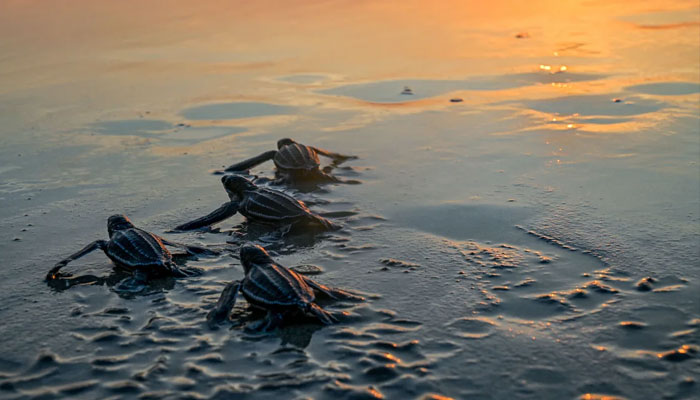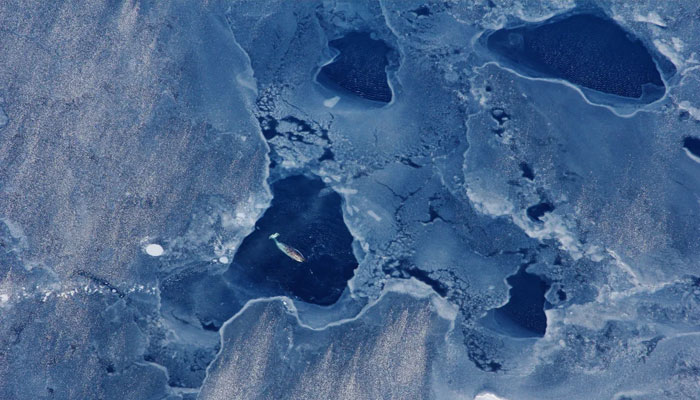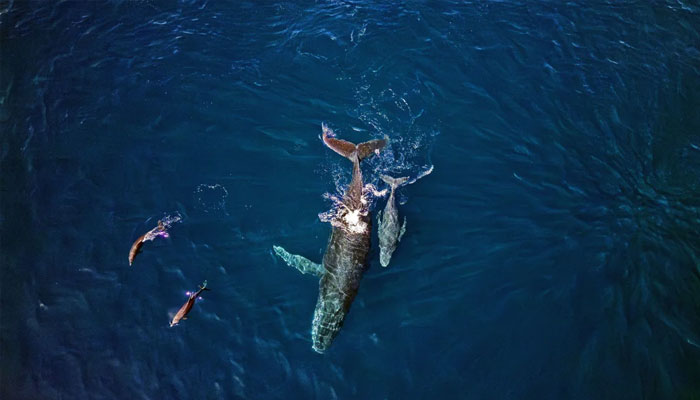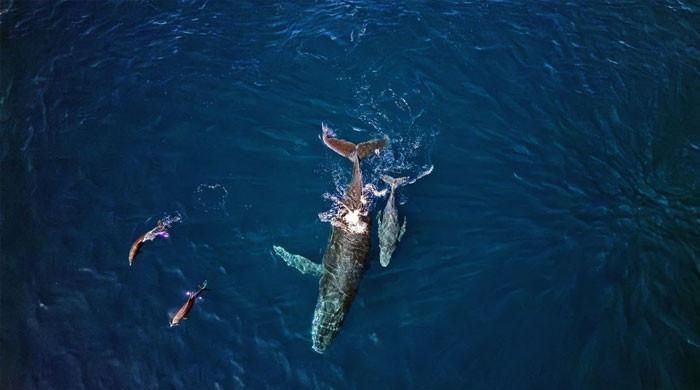More than one in five of the 1,189 listed creatures are now at risk, spanning several animal groups, and 44% are experiencing population declines.
A recently released report by the United Nations Convention on the Conservation of Migratory Species of Wild Animals reveals that human activities are pushing hundreds of migratory species toward extinction. cnn reported.
Female leatherback turtles, known for their extensive travels, face fatal threats such as fishing nets, poaching, pollution and climate-induced changes in sea temperatures.

The report indicates that more than one in five of the 1,189 listed creatures are now at risk, spanning several animal groups, and 44% are experiencing population declines. The dire state of migratory fish, of which 97% are endangered, is particularly alarming.

The study identifies overexploitation and habitat loss due to human activities as the main threats, fragmenting migratory routes and making complete journeys difficult.

Around 58% of crucial places for migratory species are under unsustainable human pressure. Climate change and pollution exacerbate the situation, affecting migration patterns and habitats, and causing potential consequences such as travel delays and mass strandings.












